We all know the cost of buying a vehicle has risen steadily over the years. But have you ever really considered how much it costs you to simply drive your vehicle after you’ve purchased it, regardless of whether it’s new or used? It’s not necessarily a simple calculation. There are several factors to consider. First of course, you’ll more than likely finance your vehicle. Therefore, you’ll have interest rates and taxes to take into account. You’ll also need to factor in fees and taxes, insurance, and depreciation. Lastly, one needs to consider the physical costs of operating the vehicle, like fuel, maintenance, and routine parts like tires, windshield wipers, and fluids. Sound complicated? Not terribly. Let us help you with the calculations!

Calculating your fuel costs is probably the more complicated of all of the costs listed above, though really not difficult when you break it down into easy steps. Ever traveled for work and had to keep track of your mileage? Think of that process but a bit more detailed. You’ll want to make note of your mileage when you fill up your gas tank the next time. Keep doing that every time you fill up. Log your entries on your phone, in a small notebook, or on your home computer. There are even apps to help you, available for both Android and IOS. You’ll want to log not just your odometer readings, but also how much money you spent at each fill-up and how many gallons you needed. Once you have enough entries to create a realistic mean, divide your total miles driven by the total amount of gallons used to get your average miles per gallon (mpg), and your total cost by your total mileage to get your average cost per mile. Now that you have your cost per mile, you can multiply that by the amount of miles you drive in a year to get a total.
It’s helpful to keep a neat list of all of your costs, and make sure you include all of them! Keep track of everything you spend for maintenance of your vehicle; the tires, brake replacements, windshield fluid, new wipers themselves, oil changes, and every single maintenance issue that crops up. Once you’ve totaled all of the costs for a year or more, you can then decide whether you want to see your cost per year, per day, per week, etc. Just divide by the appropriate unit.

You can also just figure out your total cost per mile for a specific time period. To do so, you need to log your total miles driven for whatever time frame you choose. Write this number down and hold onto it for later. Add up any incurred costs during that time frame. Then be sure to add your depreciation, tax, and other fees. For example, the registration fee each year is an easy cost to forget. If actors in a significant portion of your daily driving drama, parking and toll fees are additional costs you need to factor in.
Once you feel you’ve collected every single driving cost for the time period you’re interested in documenting, add them all up. This sum will be your total driving costs. Remember how you had to calculate your total mileage in the same said time frame? Now we need that number! Divide that into your total driving costs and voila! You now have your total cost per mile!
Lastly, as you’re calculating all of these costs, you may groan as they start to add up. As such, you may feel the itch to start skimping on routine maintenance to save money. After all, it’s no secret that costs are felt more heavily if you write them down, hence the reason money professionals tell us to carefully record all of our debits, even if we use our debit cards rather than checks. But a word of caution-don’t skimp on care of your vehicle to reduce your cost per mile!! You’ll only end up increasing that figure due to high costs incurred by nasty vehicle repairs!








